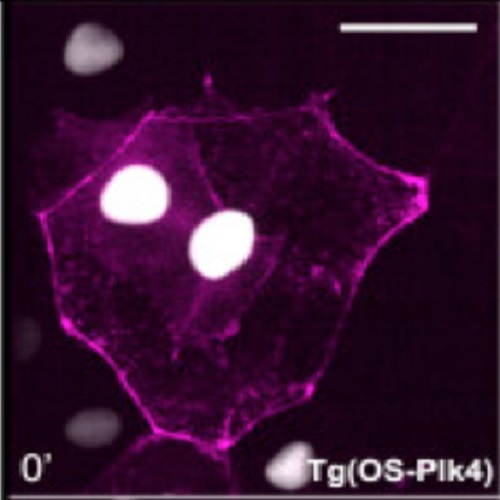Centriole Amplification in Zebrafish Affects Proliferation and Survival but Not Differentiation of Neural Progenitor Cells.
In animal cells, supernumerary centrosomes, resulting from centriole amplification, cause mitotic aberrations and have been associated with diseases, including microcephaly and cancer. To evaluate how centriole amplification impacts organismal development at the cellular and tissue levels, we used the in vivo imaging potential of the zebrafish. We demonstrate that centriole amplification can induce multipolar anaphase, resulting in binucleated cells. Such binucleation causes substantial apoptosis in the neuroepithelium. Interestingly, not all epithelia are similarly sensitive to binucleation, as skin cells tolerate it without entering apoptosis. In the neuroepithelium, however, binucleation leads to tissue degeneration and subsequent organismal death. Notably, this tissue degeneration can be efficiently counterbalanced by compensatory proliferation of wild-type cells. Because the risk for generating a binucleated daughter recurs at every cell division, centriole amplification in the neuroepithelium is especially deleterious during progenitor proliferation. Once cells reach the differentiation phase, however, centriole amplification does not impair neuronal differentiation.

- Cell Rep 2015 Oct 6;13(1):168-82
- 2015
- Cell Biology
- 26411683
- PubMed
Enabled by:
